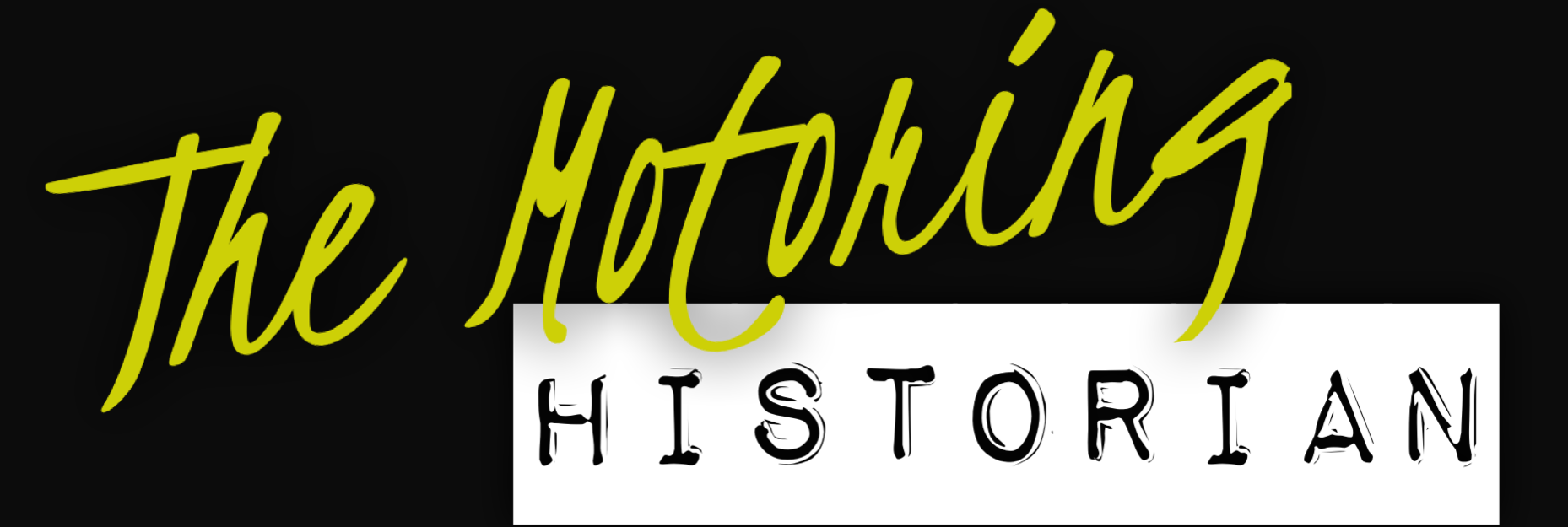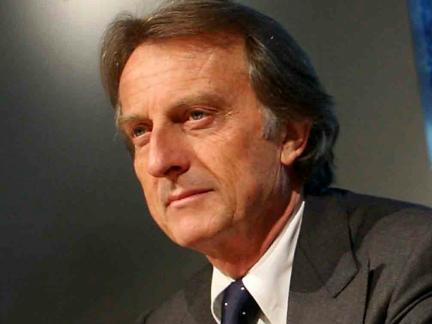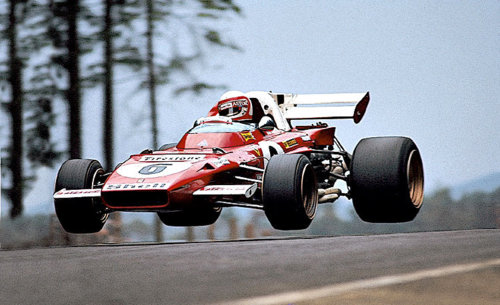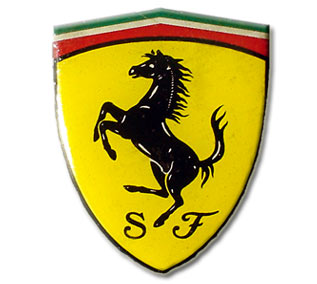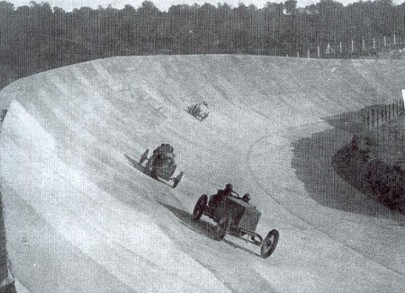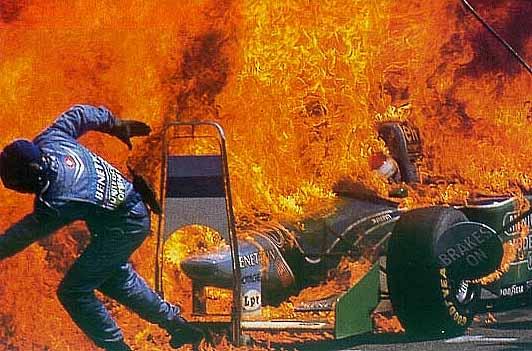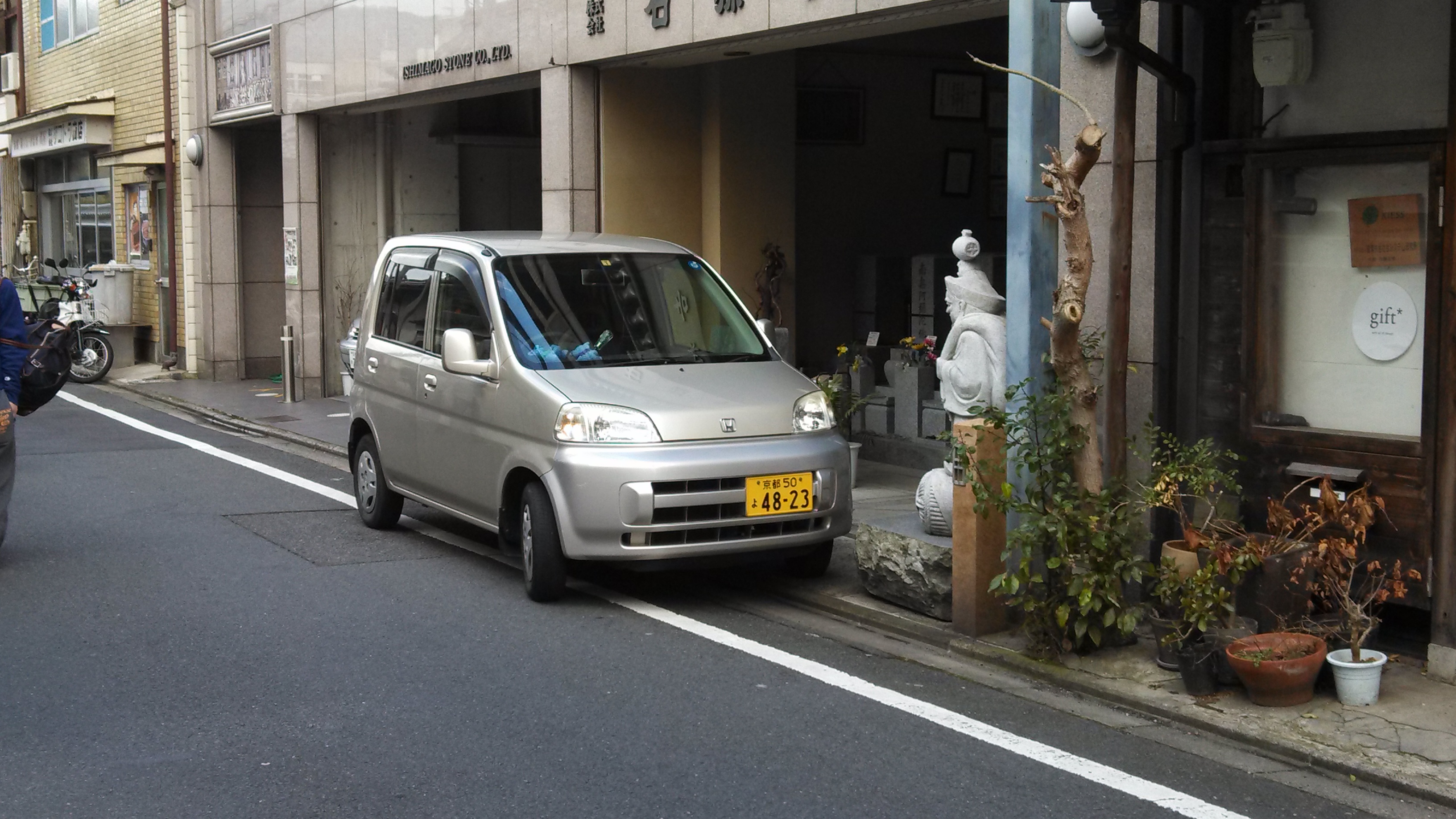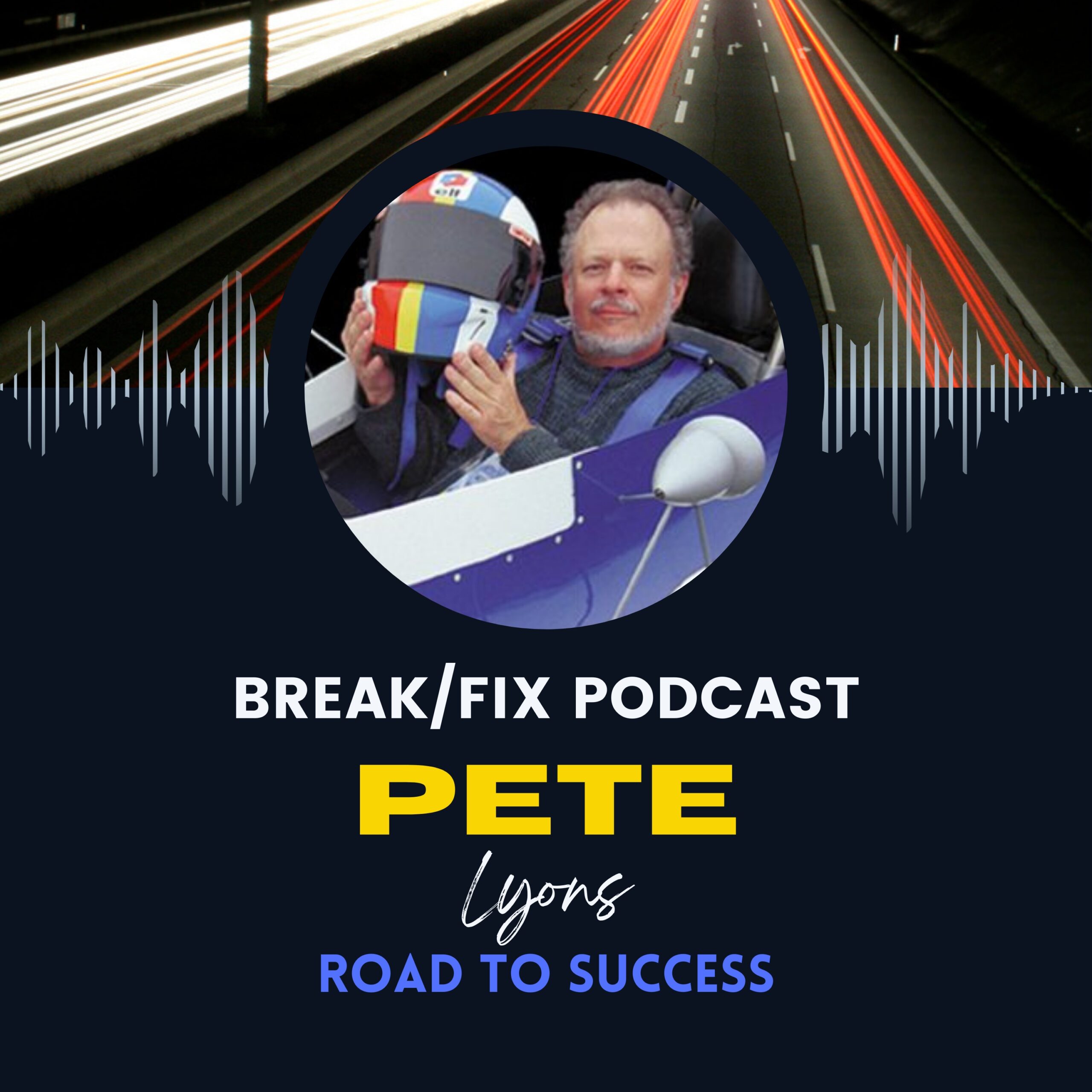“Ferrari has to be beautiful, like a good looking girl – when you see her [sharp intake of breath] …but maybe when you go out for dinner you have a big delusion, but when you start the engine of a Ferrari, you have big enthusiasm…the music of the engine…we don’t sell a car, we sell a dream…”
If you visit Capri, as you surely must at some point in your life, the sites to see are the azure grotto and the villa of Tiberius, Rome’s second Emperor. An unwilling Emperor, Tiberius spent much of his military career on the cold and hostile German frontier; the previous Emperor forced him to divorce a wife he loved in order to marry in a politically advantageous way. Increasingly bitter and paranoid as he aged, he governed from Capri, and relied on a network of informants and civil servants to enforce his will. The villa sits at one end of the island, high above the ocean, enjoying a spectacular view from perfectly sheer cliffs. Visitors would have been right to be nervous, as they left the mainland and sailed out to the island, since those who displeased Tiberius had been made to jump from those cliffs, to be smashed on the rocks hundreds of feet below, and then washed anonymously out to sea, their blood mingling with the turquoise water to create a steadily diluting imperial purple.
Turquoise waters are the cause of the other great attraction of Capri, the azure grotto. As the name suggests, this is a blue cave, only accessible by boat, where the sunlight and unusual rock formation make the environment a very surreal blue. It is worth seeing if you’re on Capri, but not worth a special journey. The grotto is served not by slick launches as you might expect, but fishermen working cash in hand. There is a confusing and super-Italian system where you negotiate one price to get from the harbor to the grotto, and then a second fee for the row boat required to get into la grotta itself, while bobbing around in front of it. The cave mouth opens and closes in the swell – for me, easily the best thing is the skill of the rowboat pilots in getting into the cave without injuring themselves or their foreign, afraid, cash cows. As you progress along the coast from Capri’s only harbor – paranoid old Tiberius chose the spot for its defensively impregnable geography – you pass huge villas set high up on the cliffs. Ask your guy to point out LdM’s – more of them know it than Berlusconi’s. Listen to the pride in their voice as they point it out.
In Italy Ferrari is La Rossa, the flag part of the badge, the car part of the national identity, and this is, in my opinion, in no small way due to LdM. Most car guys know him as “the Boss of Ferrari” – but more recently he has become the chairman of Fiat, Ferrari’s parent company and one of the largest car makers in the world. His appointment at Ferrari came after his success as a Formula 1 team manager in the 70s. Only in Italy could success as a racing team manager be a ticket to management of a road car company; only in Italy could the chairman of a low volume ultra-luxury car maker then move to being boss of a company making more cars in a fortnight than Ferrari has made in its entire existence.
Do watch the presentation below – it illustrates perfectly how LdM is not so much a Ferrari brand ambassador as he is the personification of the brand: suave, urbane, sophisticated. I am reminded of a comment a friend made to me about the Fabricator: “Dudes want to be him, women want to fuck him….”
Infact, with the modesty typical of Italian aristocrats, it is clear that he recognizes this is his role – indeed, I think he deliberately set out to be that brand personification, commenting in his Stanford preso that in 1990:
“Since Enzo Ferrari passed away Ferrari was like a…famous actress…without scripts from movie producers…mainly because Ferrari was in the prison of the past…”
It was LdM who brought the scripts – who lured Michael Schumacher to Ferrari and turned Ferrari’s longest drought in Formula 1 championship terms into a run of such unprecedented success that the rules of Formula 1 had to be changed to derail them, who turned a run of relatively mediocre road cars (think the Mondiale, the 400i) into probably the most desirable line up of new cars available from any manufacturer. Certainly, performance is at the centre, but increasingly there are specific brand values, with horse power coming from high revving normally aspirated engines; styling is arresting, challenging – there is thought and industry leadership here, illustrated by LdM’s comment that he gives his designers fashion magazines to look at – it is about colour, form, and that favourite word of LdM’s, innovation.
I love the way that “beauty” and “design” become synonyms as he speaks. Try to count the number of times he says “passion” – and compare that with the last time you even heard that word, let alone felt some passion from another corporate executive at LdM’s level. Having emphasized this passion, this sheer Italian-ness, he then says:
“I think that Porsche, after Ferrari, is the best car…”
Beautiful really, the implication is that Lamborghini and the other Italian supercar brands simply are not in the frame. However, German cars are “like a freezer, everything perfect…but I prefer the red technology…there is passion behind…it is better to have one small problem, one time in a year, than the freezer…..” – after hearing that, who could go out and buy a Porsche ? Wouldn’t you feel the freezer – the white good-ishness of the Porsche – feel that somehow you were embracing a cold corpse, not a vibrant, passionate, live Italian body ?
I love the way he occasionally slips into an obvious sales pitch, and then stops himself at the last moment. We all laugh – we are here listening to a Stanford Business School presentation, a top executive presenting to the next generation of top executives – yet LdM knows that in front of him here are Ferrari’s future clients, and he needs us to leave with a clear understanding of what makes Ferrari special, what makes them worth the enormous cost, what gives the brand the gravitas, the equity for it to be worth whoring out across a line of clothes, wallets, unbrellas for sale in tourist traps and airports the world over.
Which brings me neatly onto my greatest Claim to Fame. No, not the time I accosted Lars Ulrich (of Metallica, shame on you if you didn’t know that) on the street in Greenwich Village (I babbled meaninglessly, he responded “You came up to me to say something, didn’t you?” I said “Lars Ulrich you’re a Metal God let me shake your hand” . We shook, then he turned and with his bodyguard continued strolling up the street) , but rather when I “met” di Montezemolo. It was fleeting, but I daresay he remembers it as well as I do. Love or loath him, Michael Schumacher’s domination of Formula 1 with Ferrari was historic, and for that reason I made sure I was in Maranello when he clinched his record breaking 6th world championship, in the autumn of 2004. I didn’t know until I was chatting with a guy in a Modena hotel bar, but the factory often show races on a big screen behind the factory/windtunnel; apparently this was what was happening the following morning ( it was a Japanese Grand Prix, hence the early start ). I got up and went; the atmosphere was amazing – like a football crowd – which was just as well because the race was uninteresting and M’s performance lackluster – he came home eighth, but it was enough to put him ahead of Fangio in terms of World Driver’s Championships. Afterwards I returned to the rental – a blue Fiat Punto – and drove further into Maranello proper, in honking slow moving traffic, amid thronging crowds.
Passing the famous factory gates themselves, I happened to glance in the rearview; some Germans, in their Setra coach, were excitedly and busily snapping away at something slightly to the left, and in front of them. We were moving at walking pace, and as I noticed where their cameras were pointing, I came as close as I have ever done to running a man down. He was crossing the road, and was on the white line in the middle, with maybe half a dozen other guys in suits; assertively, he chose to step in front of me, presumably expecting me to stop. I was looking at the Germans though, so it was only when I made full eye contact with him, through the windscreen, as he had to leap back to avoid the still-rolling Punto, that I realized that it was him the Germans were photographing – and that I had come within an ace of scooping up Luca di Montezemolo, this motor sport Jesus, on the hood of an econobox made by his company on the very doorstep of the Ferrari factory and depositing him in the Emergency Room on the very day Schumacher “passed” Fangio…..
